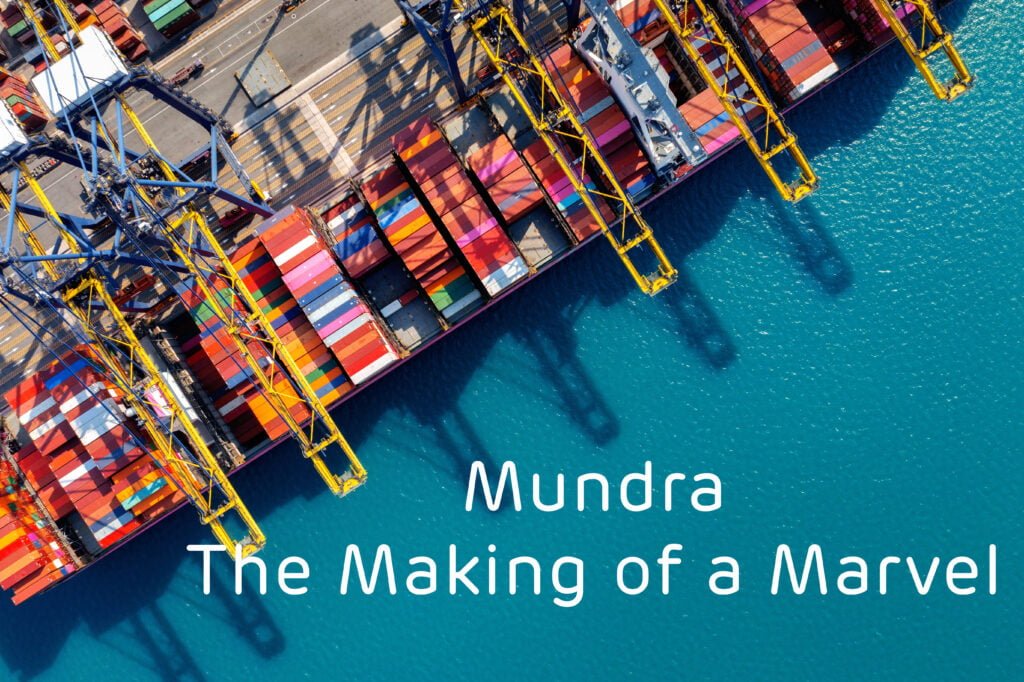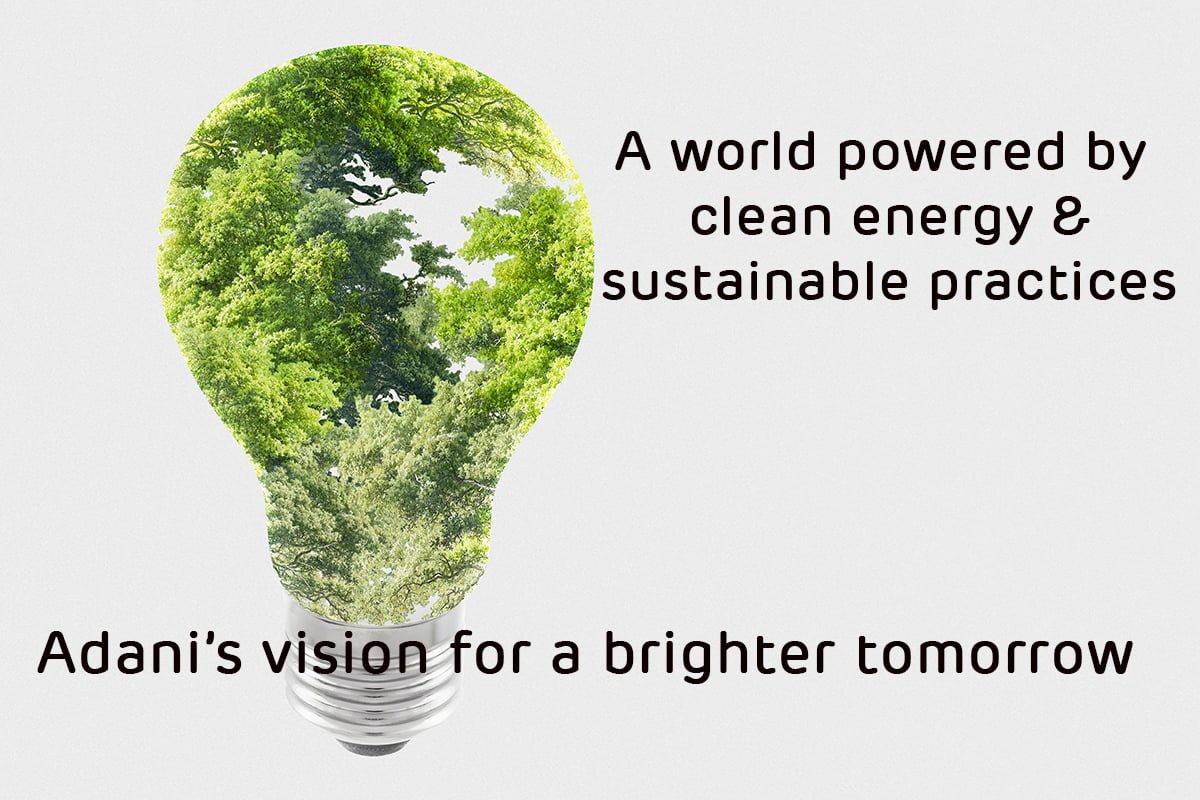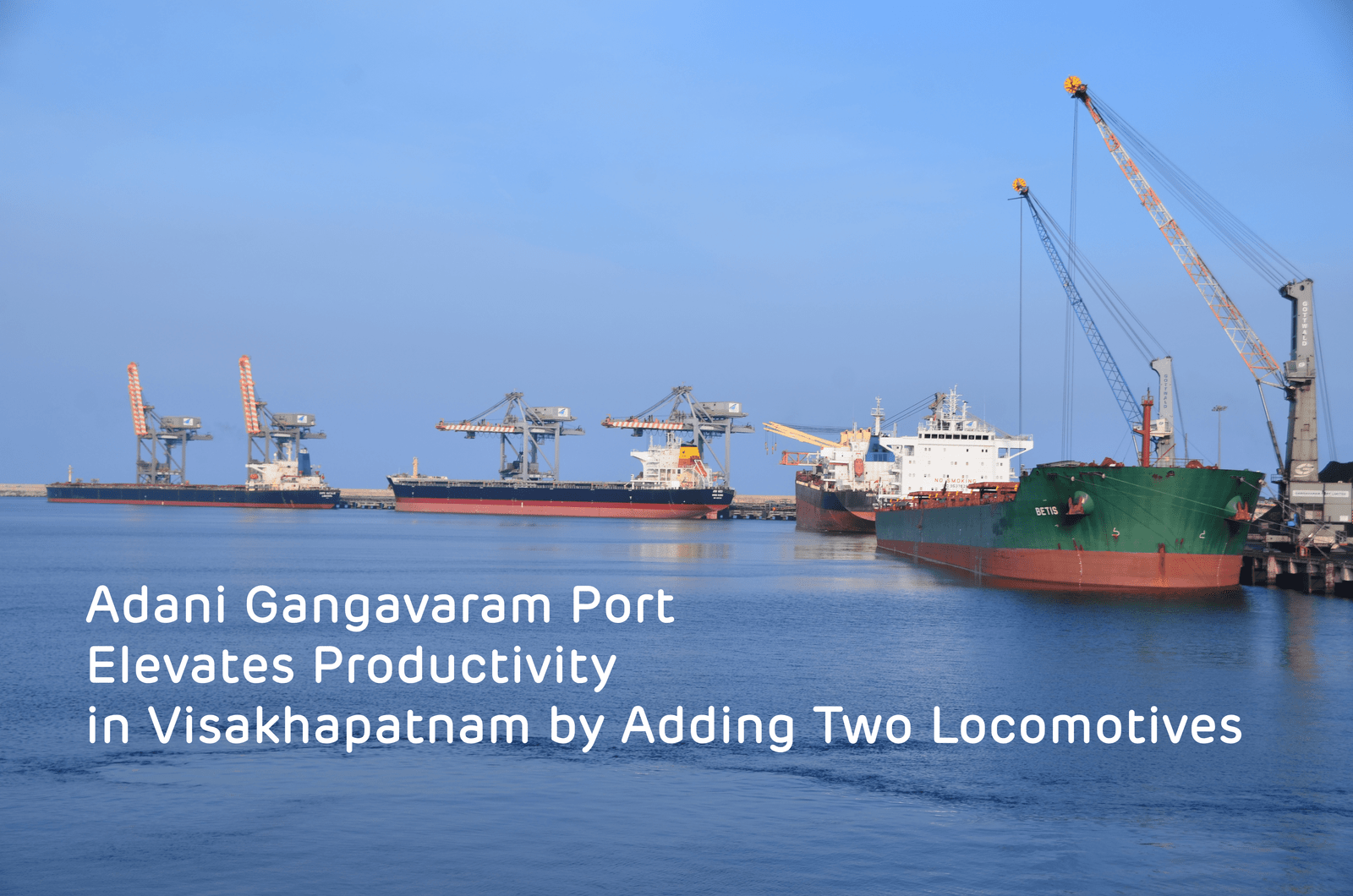Those who dare to dream big and are willing to take risks get lion’s share of the reward. Mundra in Bhuj, Gujarat, is testimony to one man’s determination to realise his childhood dream. Standing on the coast of the Gulf of Kutch and marvelling at the infrastructure of Kandla Port, Gautam Adani, then a child, wished to build such a port.
To achieve his goal, he turned every obstacle into opportunity and proved all his critics, who dismissed his idea, wrong. His passion and perseverance led to the creation of a state-of-the art Mundra Port, the largest commercial port in India.
Building a business with resources at hand is one thing but building an empire from scratch is the act of an alchemist. So, first came the jetty that made way for a port, which led to a coal-based power plant that paved the way for the mining business. His ability to combine two things to create multiple assets is a propeller for expansion, and the result is the creation of adjacencies. The Adani Group has now ventured into the manufacturing of solar PVC and modules, and wind turbines. The Fortune brand, produced at Adani Wilmar’s Mundra plant, is a household name.
Twenty-five years on, the giant business at Mundra has changed the entire economic landscape of India and the region. It has injected life into the barren lands, home to the world-famous Kutchi art and artisans. The Adani Foundation’s holistic work for the upliftment of the communities in the region, whether in healthcare, farming, education, women’s empowerment or skill development, is commendable. Through its various initiatives and welfare schemes, it helps to mainstream the locals.
The journey began with the allotment of 15,000 acres of land by the government for salt work. However, Mr Adani was asked to return 13,000 acres within 15 days on the grounds that the said land fell under the forest department. Everyone felt that the project was doomed. But Mr Adani didn’t flinch or feel disappointed while giving the huge piece of land back. Instead, he began to work on a plan to develop the remaining 2,000 acres of land.
It is important here to note that before things started to take shape in Mundra, he had already made his name as a successful trader/ investor with an annual turnover of Rs 300-400 crore.
So, he already had the means to create and did not need to depend on external sources. But the important question was what to build on the 2,000 acres of land? Mundra is one of the most significant coastal regions of Gujarat. It possesses rich prospects for industrial growth and economic development.
He started by putting together a team that would exceed his expectations while delivering their best. Then he consulted several consultants, who told him: “Unless you create a breakwater, building a port in Mundra is impossible.” But even in such a situation, Mr Adani took the risk, invested money, and travelled regularly to Mundra. First came the jetty and then the port.
He successfully created an infrastructural marvel. The mega port at Mundra is a major economic gateway that caters to the hinterland of India with multimodal connectivity. The deep draft, all-weather port is the largest commercial port in India with state-of-the-art infrastructure and the largest coal import terminal, which allows for faster cargo evacuation and minimal turnaround time.
The old saying ‘Whatever happens, happens for good’ has proved true in Mr Gautam Adani’s case. Had he ventured into the salt business, he would not have built this state-of-the-art port, which led to a power plant that led to mining and then there was no stopping.










